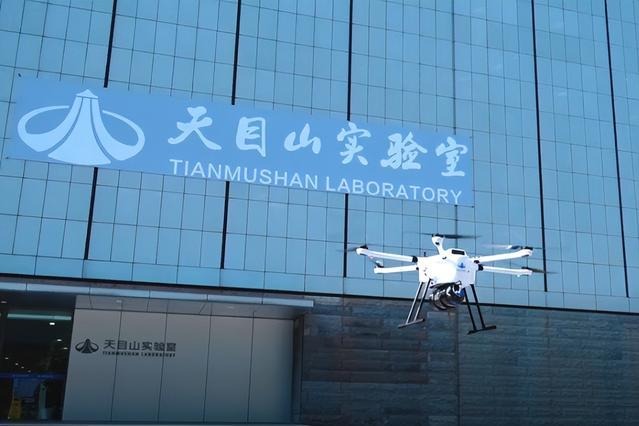Lend more support to the real economy

Government must build an effective financial market that serves upgrading and needs of SMall firms
Against the backdrop of a fluidity policy that is prone to tightening and the accelerating interest rate marketization, as well as the substantial shift in the United States' monetary policy, it is urgent that China stabilize its economic growth and adjust its economic structure through enforcing a set of policy combinations and lowering the financing costs for the real economy.
Recent financial data indicate China's social financing suffered a drastic contraction in February and the newly increased financing volume in the first two months saw a negative growth from a year earlier. As the result of its moderately tightening monetary policy and continuous efforts to rein in shadow banking activities, the country's M2 supply is now within a reasonable growth range and its entrusted and trust loans have been on the decline.
The balance sheet among the country's financial institutions has notably worsened. Since the 2008 global financial crisis, China has witnessed a fast-rising leverage ratio. Unlike the US, China's rising leverage ratio stems from the increasing financing demands of its real economy. In particular, a series of financing methods adopted by China's local governments through their financing vehicles, such as borrowings, issuance of city investment bonds and trusts, have raised its leverage ratio. The ever-expanding shadow banking business among some commercial banks has also resulted in a rise in their off-balance sheet leverage ratio.

Through comparisons between the explosive growth of China's social financing in 2009 and that in the latter half of 2012, we can see that the country's debt expansion in 2012 played an obviously weaker role than in 2009 in driving its gross domestic product growth. Furthermore, the big size of accumulated debts has also increasingly proved to be a drag on China's economic growth. China's trust assets increased by 46 percent year-on-year last year. Under huge pressures to repay its colossal local debts, the efforts to change the low-efficiency of its funds distribution have also failed to have substantial effects.
Given that local government financing vehicles and real estate loans together account for nearly 35 percent of its total loans, the country's ongoing deleveraging efforts have caused a credit crunch. Local governments will have to repay trillions of yuan in trust debts due to mature this year, which will prompt them to acquire new bank loans, so the conflict between the financing difficulty for the real economy and the stunted growth of bank deposits will become further outstanding.
The financial costs for the real economy in China have remained very high in recent years and the current lending rate for its enterprises is much higher than in developed countries. China's enterprises had to pay a 6.15 percent loan rate last year, compared with 2.25 percent in the US, 1 percent in Japan, and 3.5 percent in Germany. Since the 2014 Spring Festival, some commercial banks have raised their lending rate by 60 percent or more. The bill discount rate in China's Pearl River Delta and Yangtze River Delta has already increased to around 8 percent. The high borrowing rate for small and medium-sized enterprises has put an unendurable burden on the struggling players in the real economy.
To change such an adverse financing environment for the real economy, the government should take effective measures that maintain a generally sound and steady monetary policy. They should also put in place a moderate, controllable and targeted loose monetary policy to meet the real economy's demand for funds.
Slight monetary policy adjustments should be made at an appropriate time. Through the adoption of a series of regulatory tools, including open market operations, reloans, rediscounts, short-term liquidity operations, standing lending facilities, as well as the issuance of targeted central bank bonds, such policy adjustments should be far-sighted, timely, targeted and flexible to maintain the stability of short-term market liquidity while controlling middle and long-term liquidity. Through its balance sheet operations, the central bank can also exercise direct or indirect liquidity management over different financial institutions and even sectors of the real economy.
A targeted lending policy should also be adopted to bolster real economic development.
Lowering the reserve requirement ratio for banks should also be used to moderately increase liquidity, especially when liquidity risks occur at a time when the exit of the US' quantitative easing will result in the dwindling of China's pool of funds.
Taking a longer perspective, China should focus on how to build an effective financial market in which its financial system can more efficiently serve the transformation and upgrading of the real economy. To this end, it should further raise the pricing transparency of its interest rate market to make its actual interest and exchange rates more accurately reflect the degree of scarcity of capital and foreign exchange.
It should also further relax the restrictions on access to the financial sector by non-governmental capital and cultivate a banking and credit system for small-scale businesses. At the same time, the country's financing market should be opened to non state-owned entities to meet the country's diversified financing demands at the critical period of its economic transformation.
The author is a researcher at the State Information Center. The views do not necessarily reflect those of China Daily.
(China Daily Africa Weekly 04/18/2014 page14)
Today's Top News
- China marks milestone in developing complex deepwater oil and gas reservoirs
- China remembers victims of Nanjing Massacre, 88 years on
- New plan will be a road map for a stronger future
- Taiwan's character of the year a vote against confrontation
- Strengthened resilience key for economy
- Video sheds new light on Japan's wartime atrocities






























